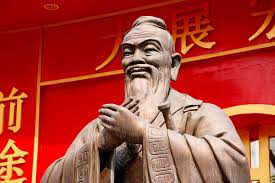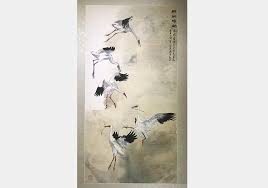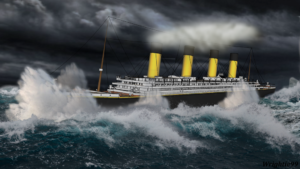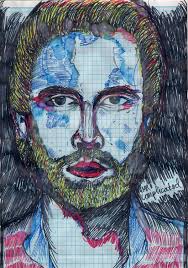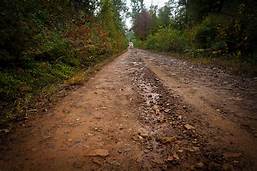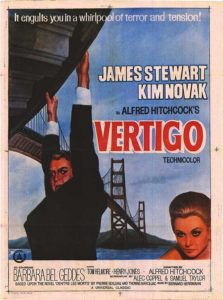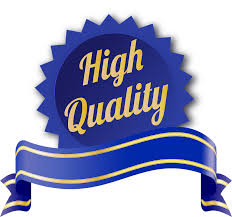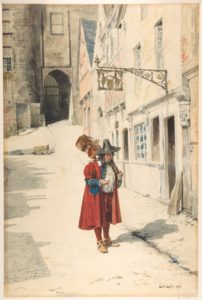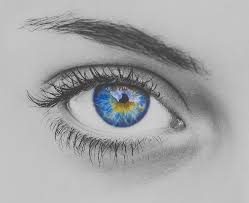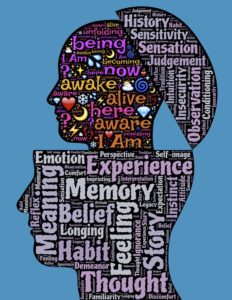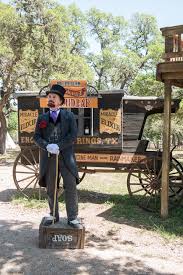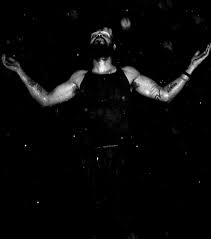
In my most recent post, I touched on the concept of being able to blend two or more art forms with high quality in each. I’ve come back to this idea repeatedly in my thoughts since. For me, the most prominent examples with the most social impact are films and the music that underscore them. The problem I’ve encountered is my realization–with just a small measure of research–that I know very little on a subject with which I thought I had a firm command. I haven’t seen nearly enough movies and studied them in depth to make judgments with any true expertise, but I do pay attention and have a substantial appreciation of movies and music, having written some in both fields. If I only could, I would make this an interactive discussion and allow everyone to throw a hat into the ring.
I think it’s obvious the art of film has evolved, as has music for film. There’s a tendency to think the latest is the best, whether it’s in this medium, television, sports or whatever. Sometimes respect for the classic form is dismissed in contemporary surveys. I’ve found lists of the best in the last 25 years, taking us back to the age-encrusted year of 1993. On the flip side, the American Film Institute pays tribute to the finest film scores back as early as 1933 in its top 25. King Kong got the nod from AFI in this case. My intention is to list the best movie and music combination in the last 50 years, for it is in the intertwining of the two that I find the most magic. Reaching back only to 1968 isn’t really adequate for a full study, but it acknowledges a healthy respect through a large chunk of film and music history. I’ll also consider the soundtracks with compilations of popular music apart from a film score, for I have been more deeply touched by some of those than I have by brilliant composition made to draw the most out of the visual effect on the screen.
So let’s get to the heart of this venture. I welcome comments in the spirit of fun, lively discussion. Maybe my opinion will miss the mark on some. The list, after all, should be gads longer. But it’s the cream we’re skimming here, taking a teaspoon from a tanker.
From the decade of the 1960’s, the nominees are Lawrence of Arabia, Magnificent Seven, To Kill a Mockingbird, The Pink Panther, and The Sound of Music. Although the scope of Lawrence of Arabia and Magnificent Seven as films and their grand music are tremendous, I don’t find them as compelling as the other candidates. I hate to rule out The Pink Panther because the music is precious to me, but again the comedic shenanigans–brilliant as they are–don’t rise to the level of the story lines of To Kill a Mockingbird and The Sound of Music. The beauty of the music and the heart-wrenching tale of To Kill a Mockingbird are nearly impossible to discount. I can’t. From a personal perspective, though, I have to reluctantly choose The Sound of Music as the best of the 60’s because of the iconic music, the illustrious colorful beauty of the cinematography and the gravity of the story it tells. Not that Mockingbird takes a back seat to any film or book for value to humanity. It is on the other factors stated above that Sound of Music edges out Mockingbird.

In the ’70’s, there were some phenomenal breakthroughs in scoring film. 1972 brought us The Godfather, inseparable from its music. Chinatown in ’74 brought us classic film noir with fresh faces and fresh music that graced us with fine jazz transcended by other appropriate blends of suspense and the macabre. John Williams teamed with Steven Spielberg to scare the hell out of us with Jaws in ’75, leaving an indelible stain on beaches and Great White Sharks everywhere. Then in ’77, Williams and George Lucas changed everything in the marrying of film and music. Star Wars was and is a cultural phenomena unparalleled in its broad appeal and the Williams score was a signature piece fans recognize today, four decades later. I can’t go on without mentioning at least Five Easy Pieces, Taxi Driver, and American Graffiti as another few movies that carry great impact visually and musically. I want badly to tab Star Wars as the best of the decade, but I’m influenced by public opinion that The Godfather may be the best movie of all time. The film score did nothing to detract from such high honors either, so I must bow to the filmmaker and composer who put together this artistic masterpiece.
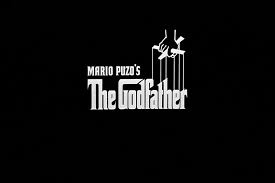
Come back to the theater soon and I’ll tear your tickets to the succeeding four decades.



